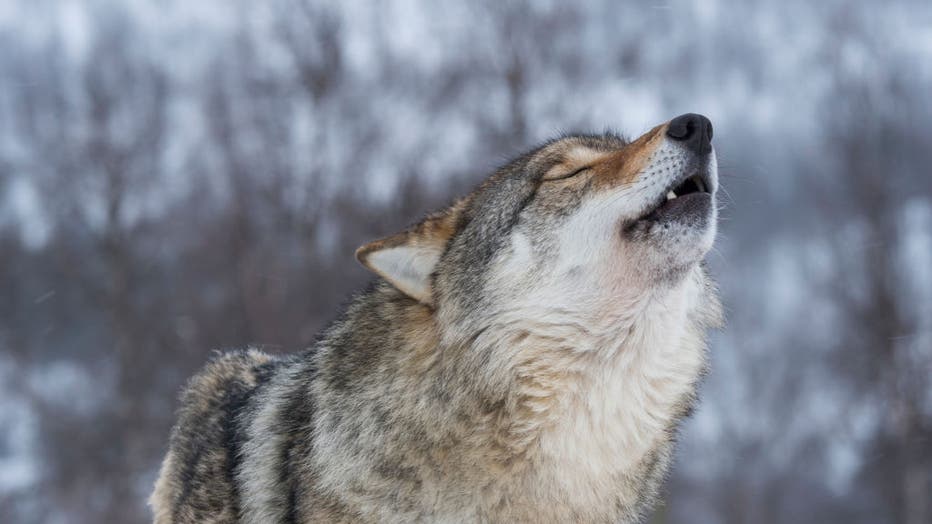How to watch the rare January planetary alignment from your backyard

Rare lunar occultation: Full moon passes Mars
If you decided to brave the cold last night and step outside you might have gotten a glimpse of Mars. A full moon actually passed in front of the planet in what's known as a rare lunar occulation. FOX 5 NY's Audrey Puente has the details on this phenomenon and what else is in store for us this month.
NEW YORK - It may be cold outside, but FOX 5 NY's Audrey Puente said it will be worth it to go outside and check out the stars for the rest of January.
When will there be stargazing opportunities in the next few weeks?
What they're saying:
"This is the best week in such a long time to look at the night sky," said Deborah Byrd, founder and editor-in-chief of the Earth Sky website.
Byrd said over the next few weeks there will be several celestial delights happening.
"The planet Venus, which is the brightest planet we can see from Earth, is in the Western sky after sunset, and it's right next to another planet, Saturn. Saturn is the faintest of the bright planets, but it's brighter than most of the stars," Byrd said.
What you can do:
On Jan 25, you'll want to go outside as a rare planetary grouping will be visible. You'll be able to see Venus, Saturn, Mars, and Jupiter across the sky as they will all orbit within a few degrees on the same ecliptic plane as Earth.
This will be a preview of the upcoming Feb 25 appearance of seven plants across our sky.
Also in February, an eerie-looking pyramid will appear in the west at sunset, known as the zodiacal lights.
You can track all of this from the palm of your hand by downloading an app like Sky Tonight or Stellarium.
All you have to do is just point your device at the sky, and the apps will show you the real-time positions of celestial objects on an interactive map along with all the detailed information.
Did you see the Wolf Moon?
The backstory:
On Monday, the first full moon of 2025, known as the Wolf Moon, arrived and brightened the night sky of the tri-state area.
"What's really cool about the Wolf Moon this year is that the planet Mars is nearby. So last night [Tuesday], the moon actually passed in front of Mars," Byrd said.
This happens once every two years as it takes Mars 697 days to orbit the sun and catch up to Earth as its closest point.
According to the Old Farmer’s Almanac, the nickname originates from the time period when Native Americans noticed wolves howling in hunger at the Moon.

FILE - A gray wolf is pictured howling in the snow at a wildlife park in Norway. (Photo by Wolfgang Kaehler/LightRocket via Getty Images)
Other notable names for the lunar body include the Center Moon and the Cold Moon – all serve as reminders that the Northern Hemisphere is in the heart of winter.
When is the next full moon?

A full moon is pictured. (Credit: NASA)
What we know:
According to the Old Farmer's Almanac, February's full moon, known as the Snow Moon, will reach peak illumination at 8:53 a.m. ET on Wednesday, Feb. 12.
The Source: This article uses information from FOX Weather, Old Farmer's Almanac, and Earth Sky.

